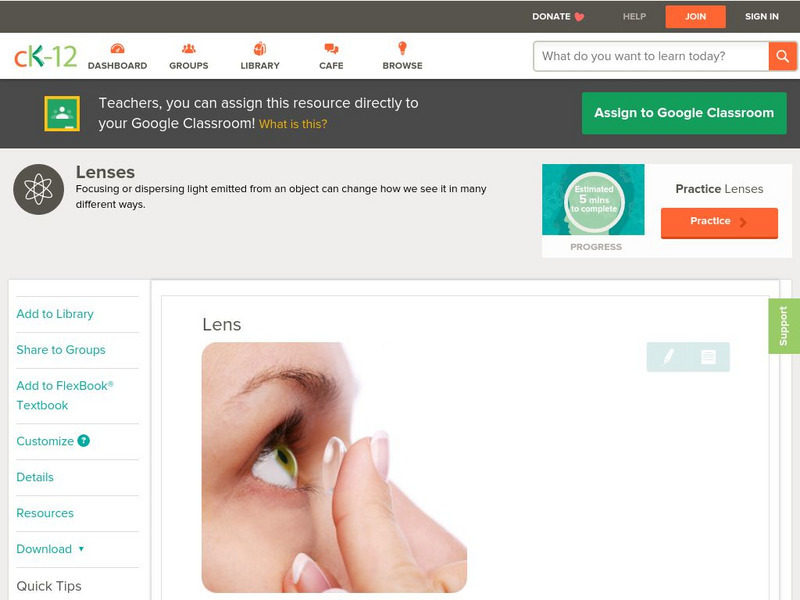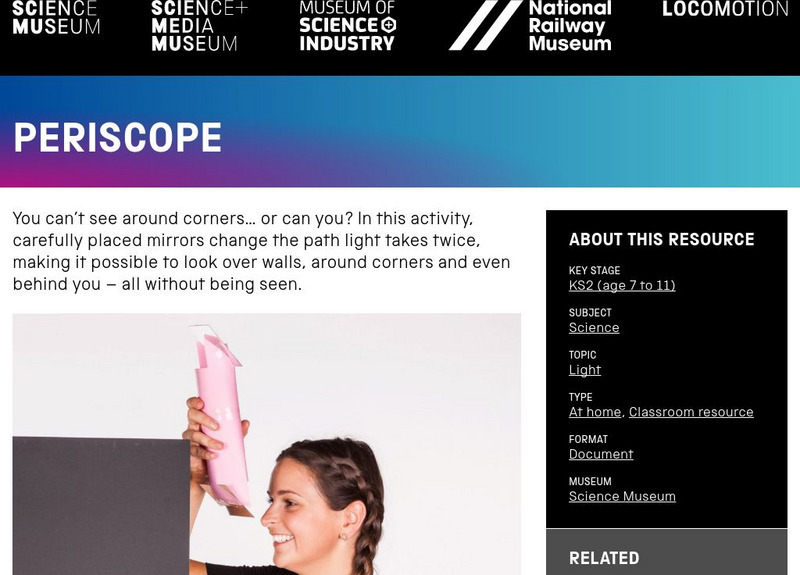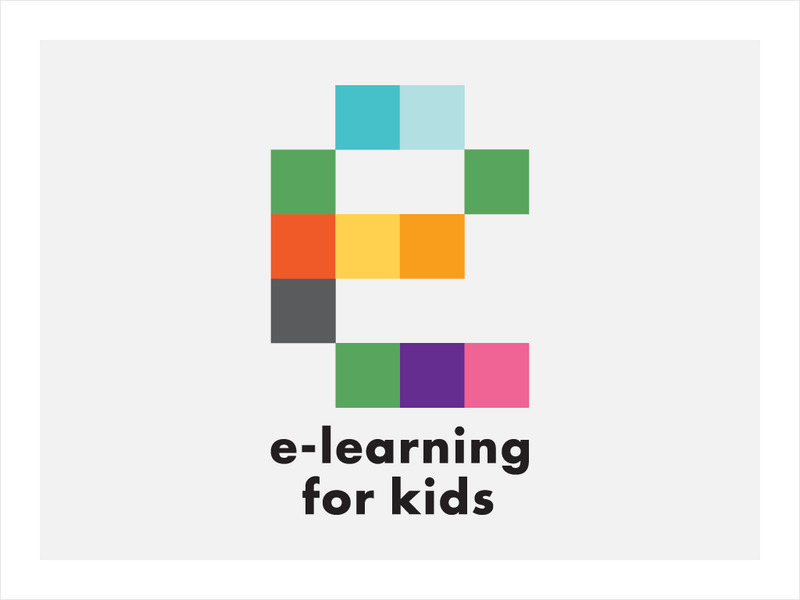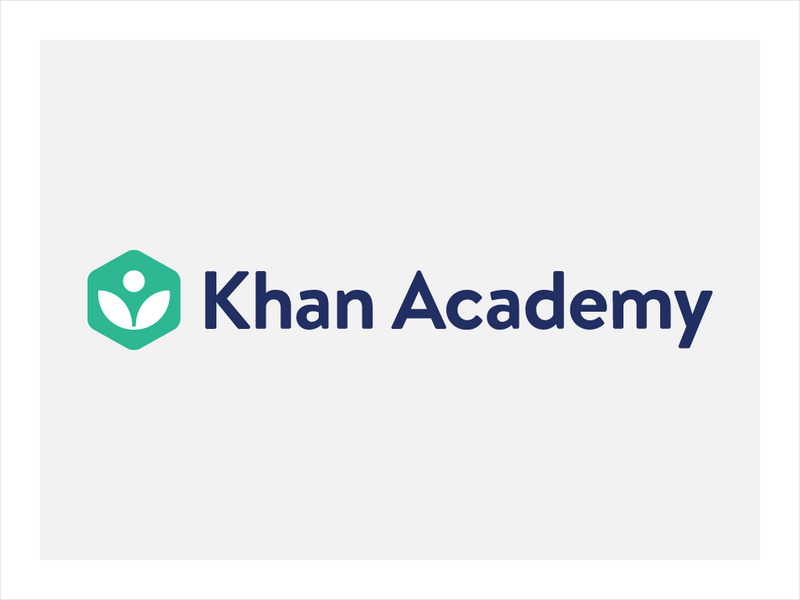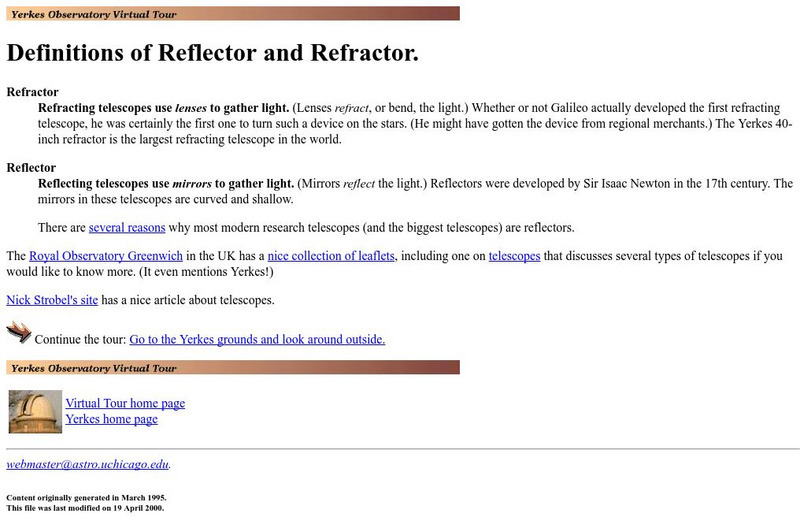Exploratorium
Exploratorium: Science Snacks: Hot Spot
An activity that will help students understand properties of mirrors by using a heater. Find the focal points by examining where the heat can be felt.
NASA
Nasa: Starlight Riddle
This site from NASA provides an interestinnng approach to telescopes. "Almost all telescopes nowadays use mirrors, not lenses, to gather and focus the light from celestial objects. We have just seen, though, that mirrors reverse the...
Physics Classroom
The Physics Classroom: Image Formation for Plane Mirrors
Scroll down to Lesson 2 for a tutorial on image formation in plane mirrors. The tutorial from Glenbrook South High School provides lessons on why and how an image is formed, image characteristics for plane mirrors, ray diagrams, plus more.
CK-12 Foundation
Ck 12: Physical Science: Lens
[Free Registration/Login may be required to access all resource tools.] What a lens is and what it does, concave and convex lenses.
CK-12 Foundation
Ck 12: Physical Science: Mirrors
[Free Registration/Login may be required to access all resource tools.] How a mirror forms images and how to distinguish between real and virtual images, and the different types of mirrors and the images they produce.
Science Museum, London
Science Museum: 360 Periscope
Make a 360 degrees periscope which uses mirrors to reflect light to see around corners.
Alabama Learning Exchange
Alex: How Light Travels
In this lesson, the students will be experimenting to show how light shines in a straight line. They will also be experimenting to see how light reflects using mirrors. The students will be working in cooperative learning groups to carry...
University of Maryland
Optics Highlights: The Telescope
Part of an anecdotal history of optics and the study of light. Extremely thorough treatment of the invention of the telescope. Includes a short biographical sketch and discusses the work of Isaac Newton which focuses on his contribution...
Physics Classroom
The Physics Classroom: Ray Diagrams for Concave Mirrors Case A
Ray diagrams are useful tools for determining the location of an image as produced by a concave mirror. All concave and convex mirror ray diagrams can be constructed from knowledge of the behavior of two rays. Learn here about ray diagrams.
Physics Classroom
The Physics Classroom: Ray Diagrams for Concave Mirrors Case B
Ray diagrams are useful tools for determining the location of an image as produced by a concave mirror. Of all the rays which emanate from the top of the object arrow and are incident to the mirror, there are two rays whose behavior at...
Physics Classroom
The Physics Classroom: Ray Diagrams for Concave Mirrors Case D
Ray diagrams are useful tools for determining the location of an image as produced by a concave mirror. Of all the rays which emanate from the top of the object arrow and are incident to the mirror, there are two rays whose behavior at...
Physics Classroom
The Physics Classroom: Image Formation for Concave Mirrors Case A
This animation depicts the path of light to each person's eye. Different people are sighting in different directions; yet each person is sighting at the same image location. In this animation the image location is the intersection point...
E-learning for Kids
E Learning for Kids: Science: Loch Ness: What Happens to Light When It Is Reflected?
Ian and his family are on holiday near Loch Ness. Find out about the Loch Ness monster, and learn about light and reflection.
Khan Academy
Khan Academy: Objects in the Mirror Are...' Actually Images in the Mirror
This article from Khan Academy provides information about mirrors. This information is intended for the Class 12 Physics Course (India).
Khan Academy
Khan Academy: Spherical Mirrors Questions
This is a ten-question quiz pertaining to spherical mirrors.
CK-12 Foundation
Ck 12: Physics: Geometric Optics Study Guide
Learn and understand geometric optics with this review resource.
University of Texas at Austin
The University of Texas Mc Donald Observatory: Delta, Delta, Delta
Students learn abouT the Law of Reflection by constructing an equilateral triangle using graph paper, pencil, protractor, and a ruler and a "laser triangle" using a laser pointer and front-silvered mirrors.
Boston University
Bu: Optics: Geometric Optics
Several short descriptions of demonstrations which illustrate principles of geometric optics (many of which focus upon refraction).
University of Chicago
University of Chicago: Reflector and Refractor
From the Yerkes Observatory Virtual Tour web site. Compares and contrasts reflecting and refracting telescopes. A link from the page leads to a second page which explains why most modern research telescopes are reflecting telescopes.
Science and Mathematics Initiative for Learning Enhancement (SMILE)
Smile: Plane, Concave, Convex Mirrors (Intermediate)
This lesson plan describes a demonstration with mirrors to catch the interest of students. Should be used with intermediate or middle school students.
My Science Site
Bj's Science: Discovering the Laws of Reflection [Pdf]
A hands-on science activity for teachers to do to help students explore light reflection.
Ducksters
Ducksters: Physics for Kids: Telescopes
Kids learn about telescopes in the science of physics including lenses, mirrors, refracting, reflecting, the history, and the Hubble Space Telescope.
ClassFlow
Class Flow: Introduction to Light
[Free Registration/Login Required] This flipchart introduces fifth graders to the science of light. Principles such as transparent, translucent, opaque, reflection, and refraction are covered. Concave and convex mirrors and lenses are...





